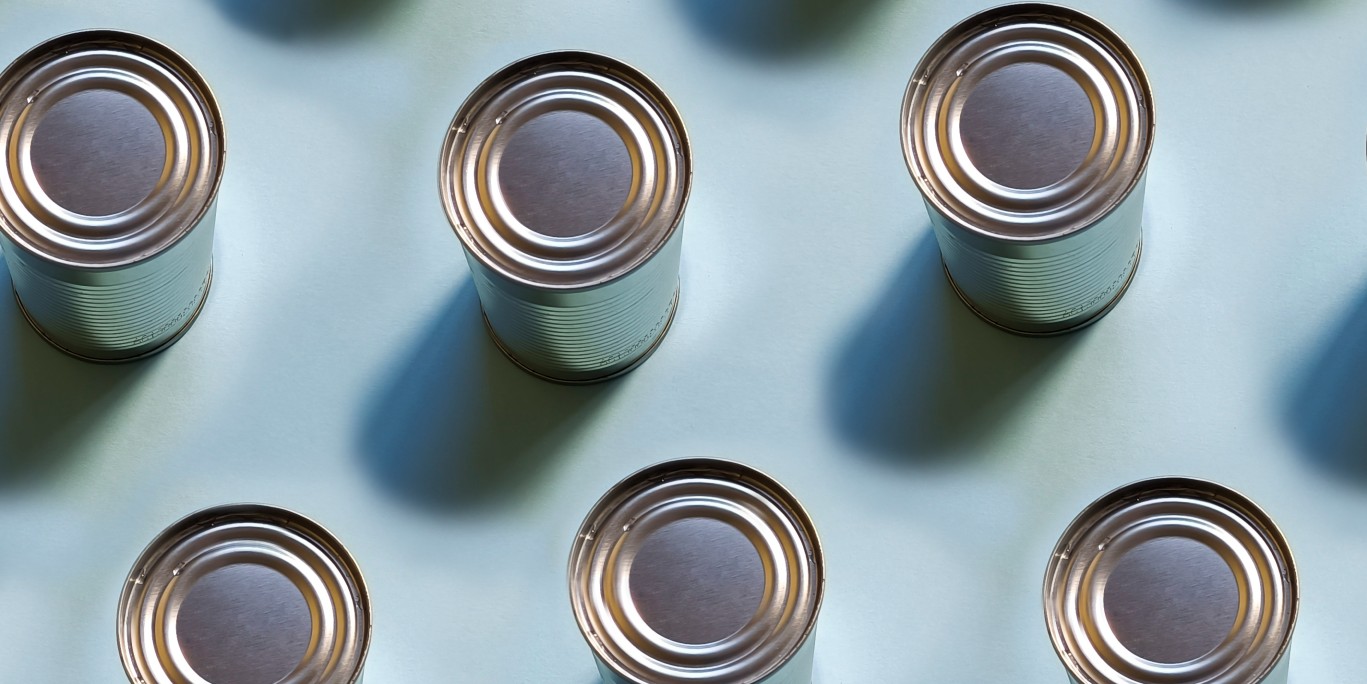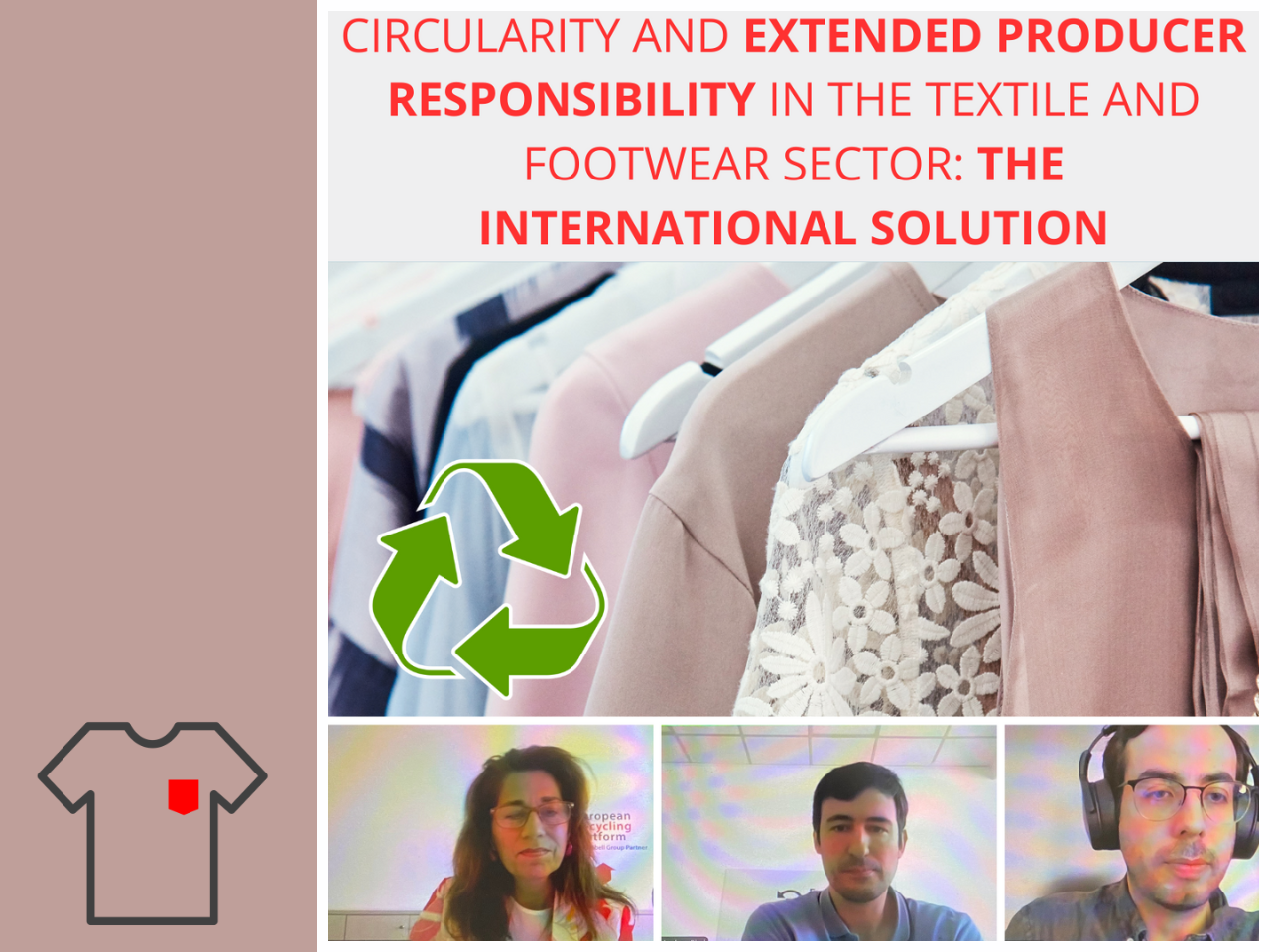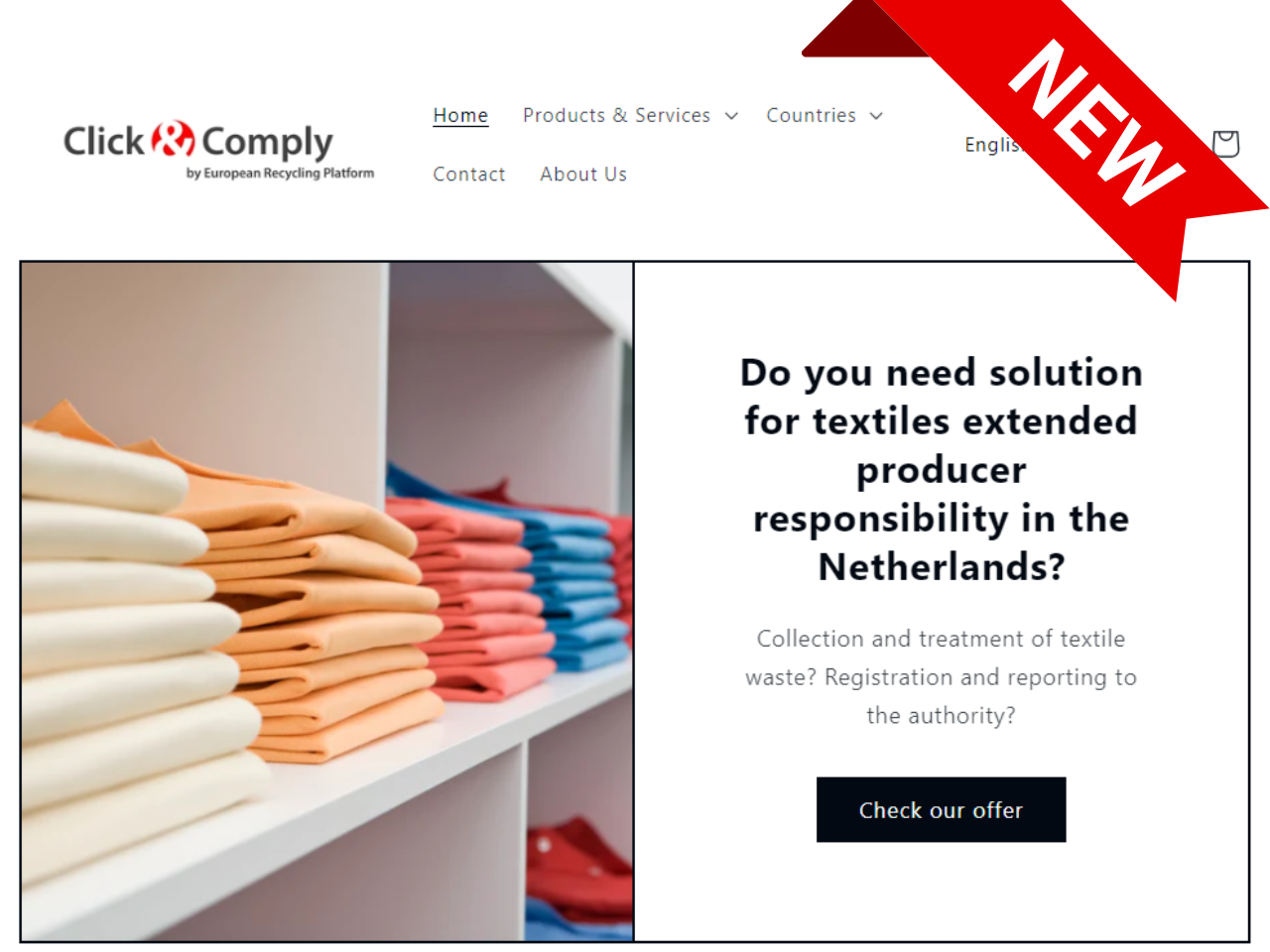What changes worldwide could have the biggest impact on the circular economy? Read our selection for you for March 2023.
German parliament approves levy on single-use plastic products
On 2 March, the German parliament gave the green light to the government’s plan to impose a levy on manufacturers of single-use plastic products. The overall aim is to reduce the consumption of certain single-use plastic products and limit the careless dumping of waste into the environment.
The bill, which was approved by parliament with amendments, creates the legal basis for the Federal Environment Agency (UBA) to levy a charge on single-use plastics. The manufacturers concerned will pay this levy – which is based on the quantity of single-use plastic products sold or placed on the market for the first time – into a single-use plastic fund administered by the UBA. This fund will be used to finance measures to keep public spaces clean. Further details will be set out in an ordinance.
The law is a transposition of the EU Directive on reducing the environmental impact of certain plastic products.
The role of the circular economy in the Green Deal Industrial Plan
On 1 February, the European Commission unveiled the Green Deal Industrial Plan, its response to the US Inflation Reduction Act, which provides massive tax benefits for the production of clean technologies in the US. The Commission’s plan aims to drive environmental change while maintaining the international competitiveness of the European economy.
The Green Deal Industrial Plan incorporates some existing legislation (for example, the Critical Raw Materials Act), some new initiatives (such as the Critical Raw Materials Club), as well as funding opportunities. The circular economy, value chains and sustainability are crucial criteria for the future of the European economy and therefore play an important role in the European Commission’s plan.
The Commission gives high priority to the forthcoming Ecodesign Regulation for Sustainable Products (see also article here). However, encouraging consumers to make more sustainable choices will also play an important role in the transition to a circular economy. This shift requires a transparent market that allows consumers to make purchasing decisions based on reliable sustainability criteria – and will be achieved through initiatives such as energy labelling for electronic products.
The Commission also plans to reduce existing dependencies in product supply chains, strengthen recycling measures, and promote quality jobs and growth in the circular economy.
Majority of secondary raw material markets not functional – according to EEA
The European Environment Agency (EEA) published a report on 26 January on Europe’s secondary raw materials markets. Of the eight markets considered (aluminium, paper, glass, wood, plastics, textiles, and construction and demolition waste), only the first three are functioning.
The remaining markets were classified as not functional. According to the EEA, this is due to their small size, lack of demand and insufficient technical specialisation. On the supply side, the lack of a legal framework for end-of-waste criteria and the content of pollutants in recycled products are hindering the functioning of the markets. The demand side, in turn, is characterised by a lack of confidence in secondary raw materials and a lack of incentives to invest in technologies to integrate secondary raw materials into existing raw material operations.
In addition to analysing these secondary raw material markets, the EEA report also makes recommendations on how to strengthen them. These recommendations include the inclusion of eco-modulation in EPR schemes, the extension of recycling targets to new waste streams, and the extension of minimum recycled content targets in products. In addition, the EEA advocates uniform technical standards for secondary raw materials across the European Union, as well as fiscal interventions, such as increasing taxes on primary raw materials or reducing VAT on secondary raw materials.
Study analyses the importance of mixed waste sorting
A new study by Eunomia Research and Consulting examines the benefits of mixed waste sorting. According to the study, such sorting could reduce CO2 emissions from the waste sector by 25%. In addition, this would ensure that the 2030 recycling targets for plastics and paper are met.
The study looks at the situation in Germany, Sweden and Belgium, countries recognised as being best performers within their respective waste management systems, and concludes that mixed waste sorting would increase recycling rates by 12-14% in all three markets.
The authors also show that without harmonised EU-wide targets, the waste industry will fail to meet its recycling and emissions targets. Given the planned expansion of the European Emissions Trading Scheme to include incineration plants, mixed waste sorting could help save between 10.2 and 23.2 megatonnes of CO2 equivalent per year.
Sign up for our monthly
report COMPASS here:
Your email











